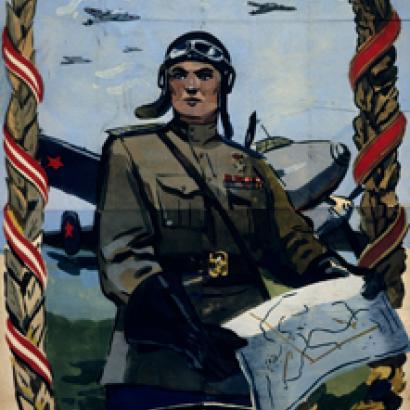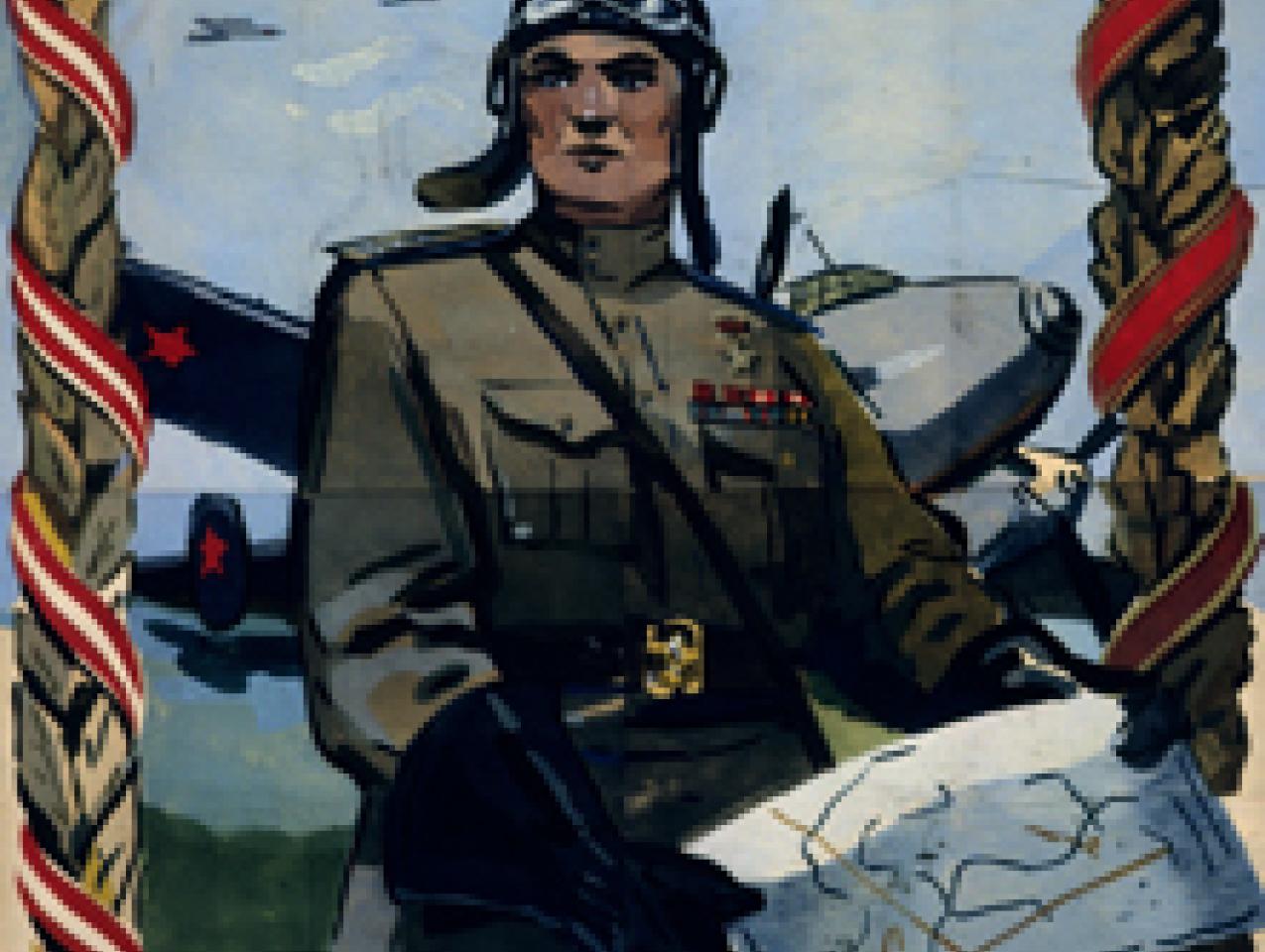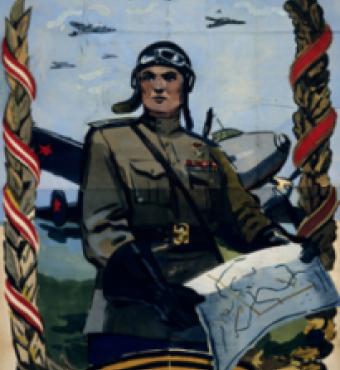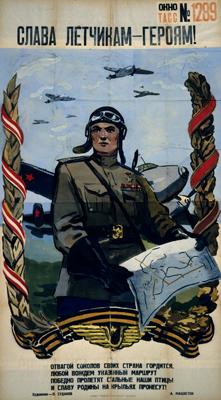- History
- Military
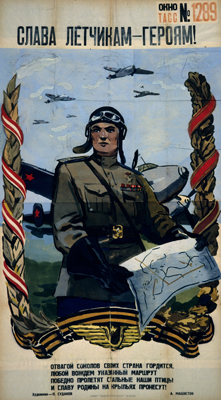
On April 14, a Russian jet barrel-rolled over a U.S. reconnaissance plane doing a routine flight in international airspace over the Baltic Sea. That followed an incident on April 12 in the Baltic Sea, when Russian jets made close-range and low-altitude passes near a U.S. navy destroyer engaged in joint exercises with its NATO ally Poland. American officials labeled these surprising and provocative moves “simulated attacks.” A well-connected Chinese newspaper congratulated the Russians for humiliating the arrogant Americans, while the Polish foreign ministry summoned the Russian ambassador to protest. At stake is both NATO’s and Russia’s prestige in the Baltic’s former Soviet states, nervous about their future after Russian attacks on Ukraine.
Yet Russian actions were not what they might seem because their planes were unarmed. Russia’s intent was more diplomatic than military. It wanted to insult the United States and threaten the Poles rather than to start a war. The Russians, in short, engaged in deception. The use of deception might seem particularly Russian. After all, Russian military doctrine puts a premium on camouflage—maskirovka. But it is a classic military practice.
“All war is deception,” wrote Chinese theorist Sun Tzu in The Art of War around 500 B.C. His work did not travel to the ancient Mediterranean, but many there would have agreed. Consider an example from classical Greece.
Ambiguity was a tool in the arsenal of Athens. So we see in the period of its greatest power under the leadership of Pericles, one of history’s strongest democratic politicians. Under Pericles, Athens led a league of ca. 250 city-states and ruled the seas of the Eastern Mediterranean.
Athens deployed deception and ambiguity masterfully in the Battle of Sybota in 433 B.C. This engagement at sea took place off the Greek island of Kerkira (Corfù) and was the largest naval battle between Greek city-states to date. It pitted the navy of Corinth against that of Corcyra, and included a total of 260 warships. Athens was the greatest naval power in Greece by far. Corinth and Corcyra each had significant navies. Corinth was a key ally of Athens’ rival, Sparta; Corcyra had been neutral. Earlier that year Athens granted Corcyra a defensive alliance, for fear of seeing its navy fall into Corinthian hands.
Athens wanted to defend Corcyra without starting a war with Corinth and so possibly with Corinth’s security patron, Sparta. So Athens sent a fleet to Sybota to help Corcyra, but it was only a tiny force of 10 warships. Furthermore, the cunning Pericles gave the contingent strict instructions to stay on the defensive if at all possible. As a crowning touch, he appointed the son of his late political rival Cimon to command the 10 ships. Cimon had stood for cooperation with Sparta but Pericles had insisted that Athenian national interest required confrontation, and he won the argument. War with Sparta followed until an uneasy peace was forged in 446 B.C.
Now, 13 years later, Pericles appointed as one of three Athenian commanders at Sybota a man named Lacedaemonius—“The Lacedaemonian,” that is, “The Spartan.” It was a signal to the enemy. Athens was not anti-Spartan, but it was nationalistic; in Athens, even a man named after Sparta supported Pericles’ foreign policy.
When the battle came the Athenian contingent avoided fighting until defeat loomed for Corcyra: then the Athenian warships joined in, fought the Corinthians, and prevented complete defeat, but only for the moment. After regrouping, Corinth’s fleet prepared to invade Corcyra. The only thing that stopped them was the sudden, shocking appearance of 20 more Athenian warships—sent out three weeks after the original 10, out of a wise fear of Corinthian naval power.
That second contingent of Athenian ships served a military purpose but the first contingent—the 10 ships—was primarily diplomatic, as historian Donald Kagan has argued. Like the Russians in the Baltic, the Athenians at Sybota wanted to test and signal the enemy.
The difference in the two cases, however, is that the Athenians were ready to fight if necessary and in the end, they did. In fact, Sybota moved all Greece closer to a general war, which broke out two years later and, as the Peloponnesian War (431-404 B.C.), proved hugely destructive.
Unlike the Athenians, the Russians are not ready to fight. Yet.







